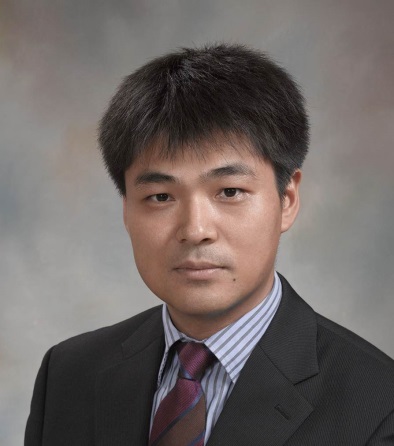报告时间:2016年9月7日下午15:30
报告地点:科技创新大楼C501室
报告题目:Identification of Surface Reactivity Descriptor for Transition Metal Oxides in Oxygen Evolution Reaction

Biography
Bin Liu received his B.Eng. (1st Class Honors) and M.Eng. degrees in Chemical Engineering from the National University of Singapore, and obtained his Ph.D. degree in Chemical Engineering from University of Minnesota in 2011. Thereafter, he moved to University of California, Berkeley and worked as a postdoctoral researcher in Department of Chemistry during 2011 – 2012 before joining School of Chemical and Biomedical Engineering at Nanyang Technological University as an Assistant Professor in 2012. His main research interests are electrocatalysis, photovoltaics and photoelectrochemistry. More information can be found athttp://www.ntu.edu.sg/home/liubin/home.html.
Identification of Surface Reactivity Descriptor for Transition Metal Oxides in Oxygen Evolution Reaction
Liu Bin*
School of Chemical and Biomedical Engineering
Nanyang Technological University
62 Nanyang Drive
Singapore 637459
Email:liubin@ntu.edu.sg
Keywords: electron transport, mesoporous electrode, solar cells, core-shell
A number of important reactions such as the oxygen evolution reaction (OER) are catalyzed by transition metal oxides (TMOs), the surface reactivity of which is rather elusive. Therefore, rationally tailoring adsorption energy of intermediates on TMOs to achieve desirable catalytic performance still remains a great challenge. Here we show the identification of a general and tunable surface structure, coordinatively unsaturated metal cation (MCUS), as a good surface reactivity descriptor for TMOs in OER. Surface reactivity of a given TMO increases monotonically with the density of MCUS, and thus the increase in MCUS improves the catalytic activity for weak-binding TMOs but impairs that for strong-binding ones. The electronic origin of the surface reactivity can be well explained by a new model proposed in this work, wherein the energy of the highest-occupied d-states relative to the Fermi level determines the intermediates’ bonding strength by affecting the filling of the antibonding states. Our model for the first time well describes the reactivity trends among TMOs, and would initiate viable design principles for, but not limited to, OER catalysts.
